If you’re like most of my friends, family, and clients, you, too, are completely confused by the deafening chatter surrounding the dangers of sugar. How can something that tastes so terrific, seems so benign, and has been a mainstay for treats during holidays, gatherings, and celebrations, suddenly be described as so harmful?
The answer is both simple and complex. Simple, because we have increased the quantity of sugar we consume to levels that our bodies are unable to metabolize. And complex, because we have also changed the forms of sugar that we consume to those that are neither naturally occurring nor healthfully metabolized. The combination of these two changes has resulted in an epidemic of obesity, diabetes, heart disease, cancer, metabolic syndrome, liver disease, and more.
Demonization of Fat Led to Increased Sugar Intake
In the 1970s, when the prevalence of obesity and heart disease began to rise, we all believed that dietary fat was the villain. It wasn’t considered a leap of faith to believe that eating too much fat made you fat. (As it turns out, that was a faulty premise based on research that has since been reevaluated!)
As test kitchens developed more and more low-fat foods, they recognized that something needed to be done to make them even remotely palatable, but how? You guessed it – introduce more sugar! Sugar became so popular by the 1990s that even sugary drinks were promoted as part of a healthy lifestyle. The American Heart Association itself suggested that high-fat products be replaced not only by lower-fat products but also by sugary ones, such as honey, hard candy, and breakfast cereals.
Today, sugar is everywhere. We not only find it in high amounts in sweet foods such as soda, candy, cookies, cakes, ice cream, and other desserts but sugar is also added to more than 60 percent of processed foods. It's lurking in your tomato sauce. Yogurt. Hamburger buns. Salad dressing. Ketchup. Peanut butter. And just about everything else that bears a label.
As a result of this epic rise in added sugar, according to the American Heart Association, the average American consumes more than 17 teaspoons of added sugar each day, which is nearly three times the amount recommended. When compared to the equivalent of 20 teaspoons per year that our hunter-gatherer ancestors consumed, it’s easy to see how our metabolisms have been hijacked.
High Fructose Corn Syrup Rears its Ugly Head
Much of this huge increase in sugar is consumed in the form of high fructose corn syrup (HFCS), which wreaks even more havoc on our health. Far from naturally occurring, HFCS is an industrial food product. Though extracted from corn stalks, it is processed into a chemically and biologically novel compound that is metabolized far differently than cane sugar.
The main problem with sugar, particularly processed fructose such as HFCS, is that your liver has a very limited capacity to metabolize it. According to renowned neuro-endocrinologist Robert H. Lustig, M.D., Professor of Pediatrics in the Division of Endocrinology at the University of California, San Francisco, we can safely metabolize about six teaspoons of added sugar per day. Sugar we consume above that amount becomes body fat and starts a cascade of unhealthy events that lead to many of the prevalent, chronic metabolic diseases we see today, including Type II diabetes, heart disease, hypertension, dementia, cancer, metabolic syndrome, obesity, and more.
So What’s A Health-Conscious Person To Do?
Cut back on sugar.
Read labels, remembering that ingredients are listed from largest to smallest quantities.
Identify added sugar on the label, by looking for not only “sugar” and “ HFCS” but also sugar aliases, such as molasses, dried cane syrup, sucrose (or any word ending in "-ose"), brown rice syrup, honey, and maple syrup.
Choose whole fruit rather than fruit juice, as the fiber in the fruit slows down the absorption of fructose (a naturally occurring sugar), which will keep your blood sugar more stable.
Consume foods with sugar with some protein and healthy fat, such as avocados, nuts, natural peanut or almond butter, and hummus. The combination will keep you feeling full longer and stabilize your blood sugar.
Be especially cautious when reaching for any product labeled “low-fat,” as there is likely to be added sugar for flavor.
Purchase foods labeled “unsweetened” or “no added sugar.”
Experiment with different spices and flavorings, such as vanilla extract, ginger, cinnamon, and citrus.
Avoid choosing foods with sugar substitutes, such as diet soda, artificially sweetened yogurt, and sugarless gum. There is ample scientific evidence to suggest that some artificial sweeteners are toxic, and that simply eating foods that taste sweet can trigger an unhealthy metabolic response, such as an increase in insulin.
If you crave something sweet and are looking for a non-sugar substitute, consider choosing monk fruit extract or stevia, which do not cause spikes in blood sugar and insulin.

